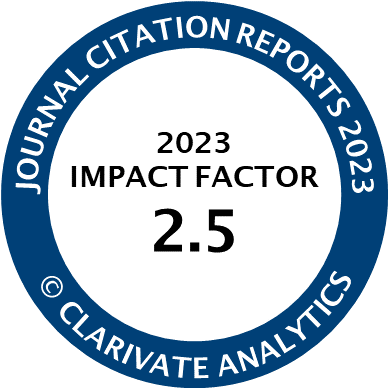Article | Open Access
Planning for Exclusion: The Politics of Urban Disaster Governance
| Views: | 2750 | | | Downloads: | 1772 |
Abstract: Many disaster risk reduction (DRR) initiatives, including land use planning, tend to ignore existing long-term inequalities in urban space. Furthermore, scholars working on urban disaster governance do not adequately consider how day-to-day DRR governing practices can (re)produce these. Hence, following a recent interest in the political dimensions of disaster governance, this article explores under what conditions the implementation of DRR land uses (re)produce spatial injustice on the ground. We develop a theoretical framework combining politics, disaster risk, and space, and apply it to a case study in Santiago, Chile. There, after a landslide disaster in the city’s foothills in 1993, a multi-level planning arrangement implemented a buffer zone along the bank of a ravine to protect this area from future disasters. This buffer zone, however, transformed a long-term established neighbourhood, splitting it into a formal and an informal area remaining to this day. Using qualitative data and spatial analysis, we describe the emergence, practices, and effects of this land use. While this spatial intervention has proactively protected the area, it has produced further urban exclusion and spatial deterioration, and reproduced disaster risks for the informal households within the buffer zone. We explain this as resulting from a governance arrangement that emerged from a depoliticised environment, enforcing rules unevenly, and lacking capacities and unclear responsibilities, all of which could render DRR initiatives to be both spatially unjust and ineffective. We conclude that sustainable and inclusive cities require paying more attention to the implementation practices of DRR initiatives and their relation to long-term inequities.
Keywords: Chile; disaster risk reduction; land use planning; post-disaster; spatial injustice; urban disaster; urban governance
Published:
© Ricardo Fuentealba, Hebe Verrest, Joyeeta Gupta. This is an open access article distributed under the terms of the Creative Commons Attribution 4.0 license (http://creativecommons.org/licenses/by/4.0), which permits any use, distribution, and reproduction of the work without further permission provided the original author(s) and source are credited.




